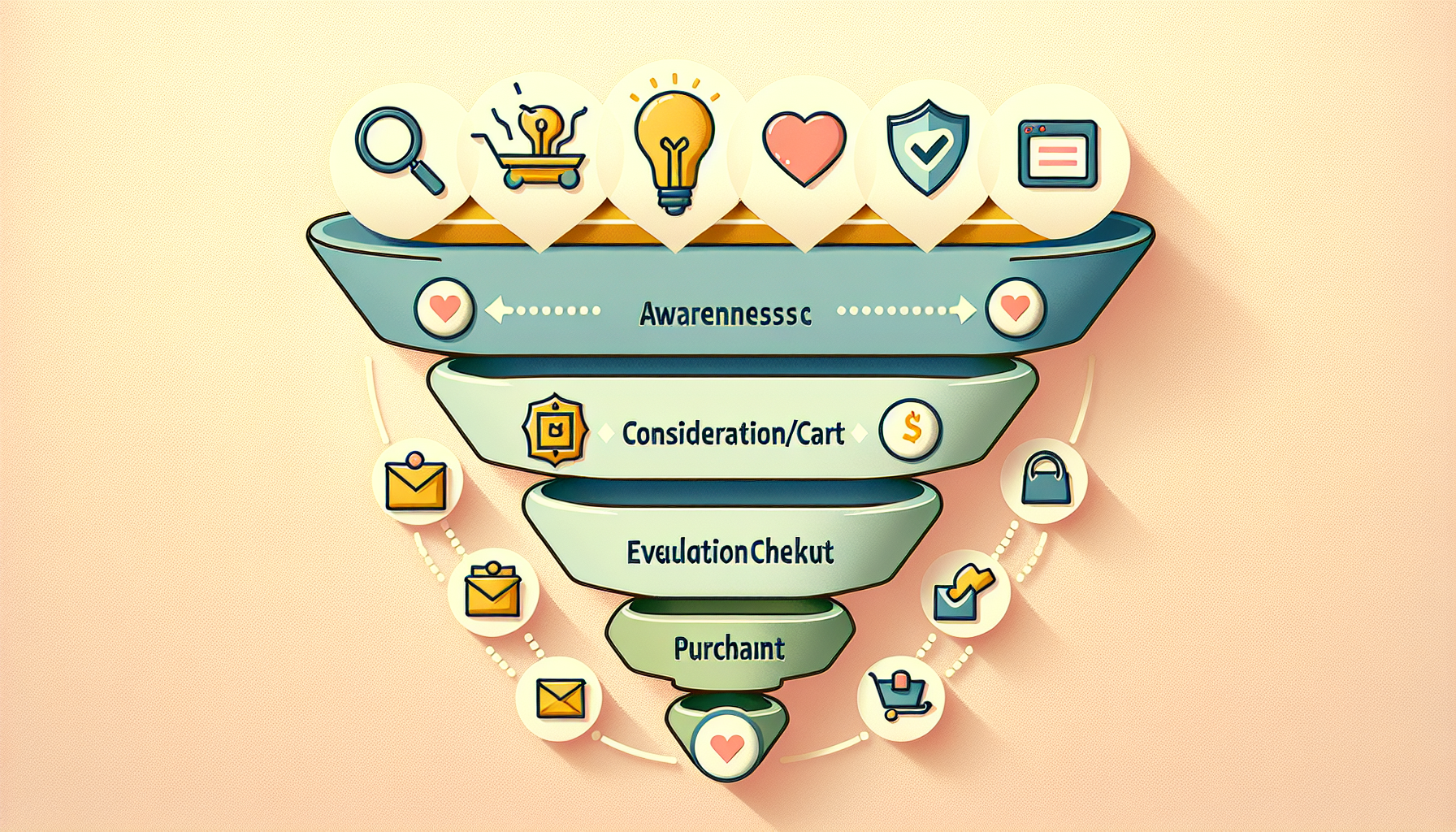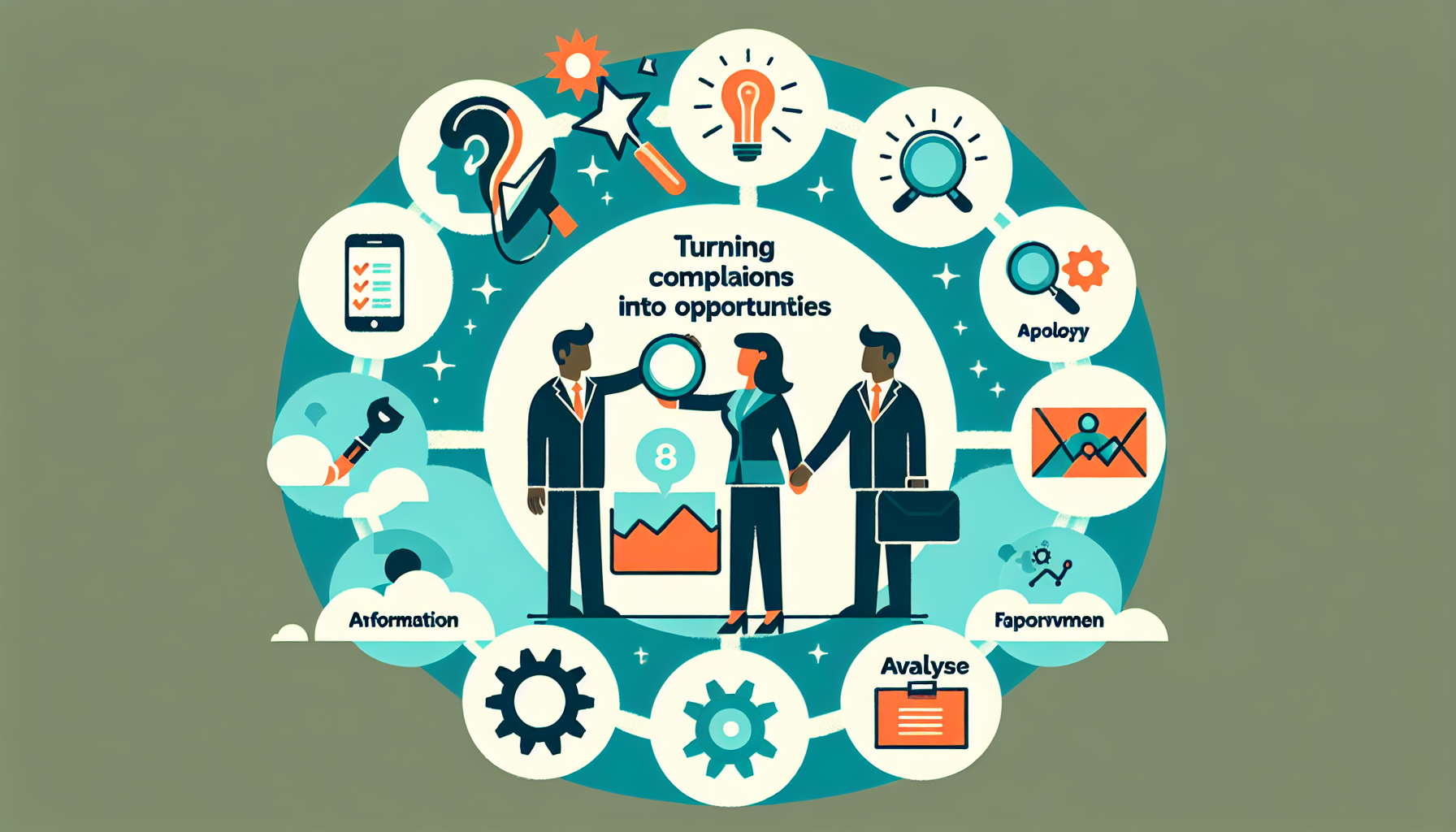A well-optimized sales funnel guides potential customers smoothly from awareness to purchase. However, drop-offs at any stage can significantly affect your conversion rates. By identifying the causes of drop-offs and addressing them effectively, you can improve the overall performance of your funnel. Here’s a look at the common drop-off causes at each stage and how to tackle them.
1. Awareness Stage
Common Causes of Drop-Off:
- Low Brand Awareness: Potential customers aren’t aware of your brand or product.
- Incorrect Targeting: Your content or ads aren’t reaching the right audience.
Strategies to Address:
- Increase Brand Exposure: Leverage social media, SEO, and content marketing to boost your brand’s visibility.
- Refine Targeting: Use market research and data analytics to ensure your ads and content are reaching the right audience.
2. Interest Stage
Common Causes of Drop-Off:
- Unengaging Content: Your website or ad content fails to capture the audience’s interest.
- Poor Website Experience: Slow loading times or difficult navigation deters potential customers.
Strategies to Address:
- Enhance Content Quality: Create valuable, engaging content like blog posts, videos, or customer stories that resonate with your audience.
- Optimize Website Experience: Ensure your website loads quickly, is easy to navigate, and is mobile-friendly.
3. Consideration/Cart Stage
Common Causes of Drop-Off:
- Insufficient Product Information: Customers can’t find enough information to make a purchase decision.
- Unclear Pricing: Hidden fees or unclear pricing details cause hesitation.
Strategies to Address:
- Provide Detailed Product Information: Include thorough descriptions, reviews, FAQs, and more to help customers make informed decisions.
- Display Transparent Pricing: Clearly show all costs upfront, including shipping, so customers aren’t surprised at checkout.
4. Desire/Checkout Stage
Common Causes of Drop-Off:
- Complicated Checkout Process: Too many steps or required information can frustrate customers.
- Lack of Purchase Incentives: Customers may not feel motivated enough to complete the purchase.
Strategies to Address:
- Simplify the Checkout Process: Reduce the number of steps and allow guest checkout options for quicker completion.
- Offer Limited-Time Promotions: Use discounts, free shipping, or bonus gifts to encourage customers to complete their purchase.
5. Evaluation/Payment Stage
Common Causes of Drop-Off:
- Limited Payment Options: Customers can’t find a convenient way to pay.
- Security Concerns: Customers worry about the safety of their payment information.
Strategies to Address:
- Expand Payment Options: Provide multiple payment methods, such as credit cards, PayPal, Apple Pay, and more.
- Enhance Security Measures: Display SSL certificates, security badges, and other indicators that reassure customers their information is safe.
6. Purchase Stage
Common Causes of Drop-Off:
- Last-Minute Hesitation: Customers may reconsider their purchase at the last moment.
- Abandoned Carts: Items added to the cart but not purchased.
Strategies to Address:
- Send Cart Reminders: Use email or SMS reminders to encourage customers to complete their purchase, potentially offering a discount as an incentive.
- Provide Post-Purchase Support: Assure customers with a clear return policy and excellent after-sales service to reduce any hesitation.
Conclusion
By understanding the reasons for drop-offs at each stage of the sales funnel and implementing these strategies, you can significantly reduce drop-offs, enhance customer experience, and ultimately increase conversion rates.



